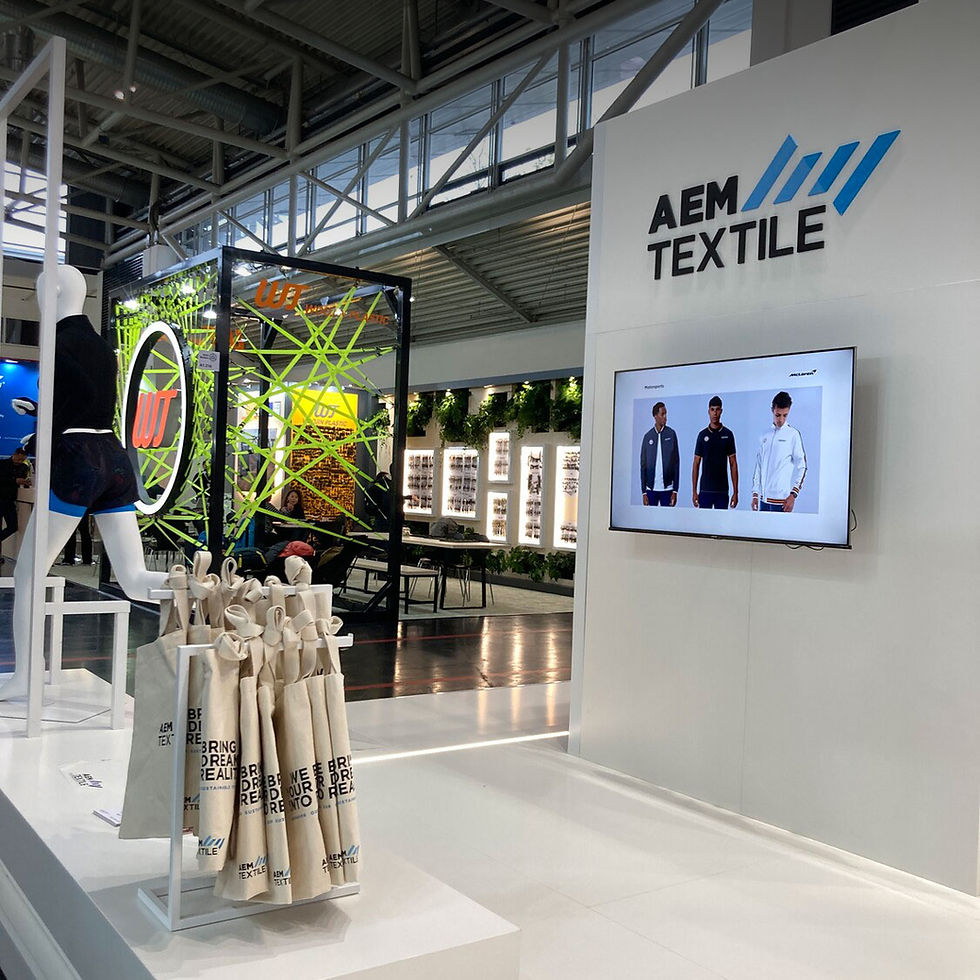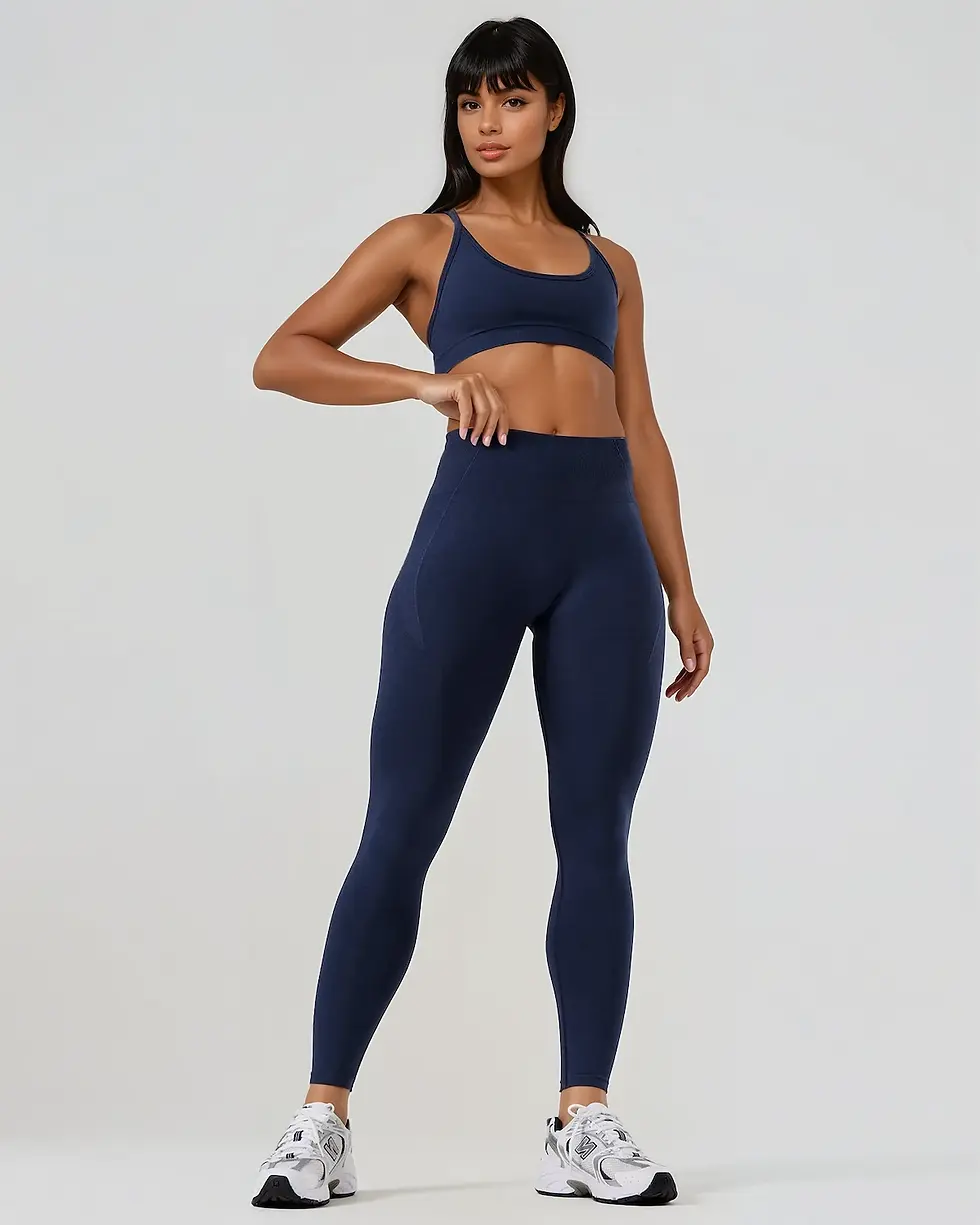Rethinking Apparel Manufacturing in 2025 and Beyond: Smart Supply & Strategic Partnership
- Caglar YURUT
- Jul 8
- 4 min read
Updated: Jul 20

The End of “Single-Country” Thinking
For over two decades, apparel sourcing was largely driven by unit cost. China dominated as the global factory, thanks to scale, infrastructure, and price. But over-reliance on a single region came at a cost—visible especially during the pandemic when logistics bottlenecks, rising freight rates, and production delays caught many brands off guard.
Those who relied on one source suffered. Those who diversified—leveraging regional manufacturing, smaller production hubs, and quicker turnaround locations—came out stronger.
The new model prioritizes:
Geographic diversity to mitigate geopolitical and logistical risk
Regional proximity to end markets for shorter lead times
Tiered volume capability to adapt to seasonal or campaign needs
Responsiveness over pure cost optimization
Brands are no longer asking, “Where is it cheapest to make this?” Instead, they’re asking, “How can we stay in control, stay fast, and stay aligned with our customers?”
That’s where smart supply begins.

What Is Smart Supply?
In today's dynamic apparel landscape, “smart supply” means far more than just getting better costs. At AEM Textile, as development and manufacturing experts working side by side with our brand partners, we believe smart supply starts by placing our customers’ goals at the center of every decision.
That means aligning with their challenges—not just quoting prices. It means developing proactive solutions that reflect end-consumer expectations: sustainability, functional performance, and a long product lifecycle that meets the rising standards of conscious shoppers.
In fact, a recent study shows that 72% of consumers express frustration with poor-quality products and short lifespans. When customers expect more and receive less, it damages both brand trust and environmental efforts. Smart supply isn’t just efficient—it’s designed to meet these demands head-on.
No Matter the Certification, Longevity is the Most Sustainable Feature
Regardless of how many certifications a product holds, the single most eco-friendly feature of any garment is simple: How long it lasts.
As lifecycle studies repeatedly show, even the greenest fiber choices lose their impact when paired with poor-quality construction or short-term wearability.
Low-use, early-disposal products create more harm than good, no matter how “eco” the tag says they are. That’s why quality, durability, and repeat-use potential must be core components of any sustainability strategy—not just marketing points.
At AEM, our development process integrates durability and lifecycle testing into fabric selection and production planning—because the most responsible product is the one your customer still wears in two years.
Better Input = Better Output: Why Brands Must Be Clear From the Start
One of the most overlooked areas in failed development cycles is vague or incomplete communication from brands.
When product briefs lack clarity—missing tech packs, unconfirmed fabric specs, or undefined sustainability targets—manufacturers are forced to guess. And that guesswork often leads to delays, mismatched expectations, or rework.
To solve this, we've developed aemfabric.com — a digital fabric and style library built specifically to simplify the decision-making process for product developers.
It helps brands:
Filter fabric options by sustainability criteria
Explore tested product bases
Make informed, quick choices that eliminate back-and-forth
Ensure alignment with their product DNA
Clear briefs build accurate outcomes. Tools like AEMFabric.com reduce time, eliminate waste, and make responsible sourcing faster and easier.
The Hidden Cost No One Talks About: Time
In a world of constant product drops, trend shifts, and online consumer pressure, time is the one resource no brand can afford to waste—nor can they buy more of it.
Delays in development, unclear timelines, or missed sampling rounds don’t just slow down production. They affect:
Campaign launches
Cash flow
Inventory planning
Brand credibility
Customer experience
And yet, many brands still underestimate how much hidden cost is tied to poor planning and misalignment.
At AEM, we see “on-time readiness” as a central value. We support our clients with:
Regionally tailored sampling lead times (as low as 2–3 weeks in Turkey)
Structured development paths
Fast material sourcing across three countries
…helping them meet ever-shifting ecommerce and retail demand with confidence.
Time wasted is opportunity lost. Smart supply starts by treating your timelines as seriously as your margins

Closing: In Uncertain Times, Smart Systems Win
If there’s one thing every sourcing leader agrees on—it’s that uncertainty isn’t going away. Whether it's geopolitical tension, raw material volatility, regulatory pressure, or changing customer habits, the variables brands must manage are multiplying.
But the solution isn’t building bigger supply chains. It’s building smarter ones.
Multi-country production, transparent material systems, fast and flexible development, and long-lasting product quality—that’s what tomorrow’s winning brands will be made of.
Smart supply is no longer optional. It’s operational logic.
Looking Ahead: Strategy in an Uncertain World
We’re entering a period defined by change—economically, environmentally, and socially. Apparel manufacturing in 2025 strongly relies on these points; Consumer preferences are evolving, regulations are tightening, and logistical unpredictability is now part of everyday operations. Whether you're a large-scale retailer or a growing brand, the pressure to make the right decisions faster, with fewer resources, is increasing.
That uncertainty can feel paralyzing—but it doesn’t have to be. The key is not in predicting every variable, but in structuring your supply chain to adapt to them.
This is where smart supply becomes not just an operational benefit but a strategic lifeline. It offers:
Multiple production options to respond quickly to disruption
Supply models that scale up or down based on demand
Flexible sampling and development cycles that reduce waste and misalignment
Sustainability built into system design, not added as a marketing layer
Brands who rethink their manufacturing with adaptability and resilience in mind won’t just survive the next disruption—they’ll come out ahead.
Smart supply isn’t a pitch. It’s a necessary evolution. And we’re here to help you build it.
Curious how it all works in real life?👉 Explore our newly launched website and discover what smarter apparel production really looks like.🔗 aemtextile.com



